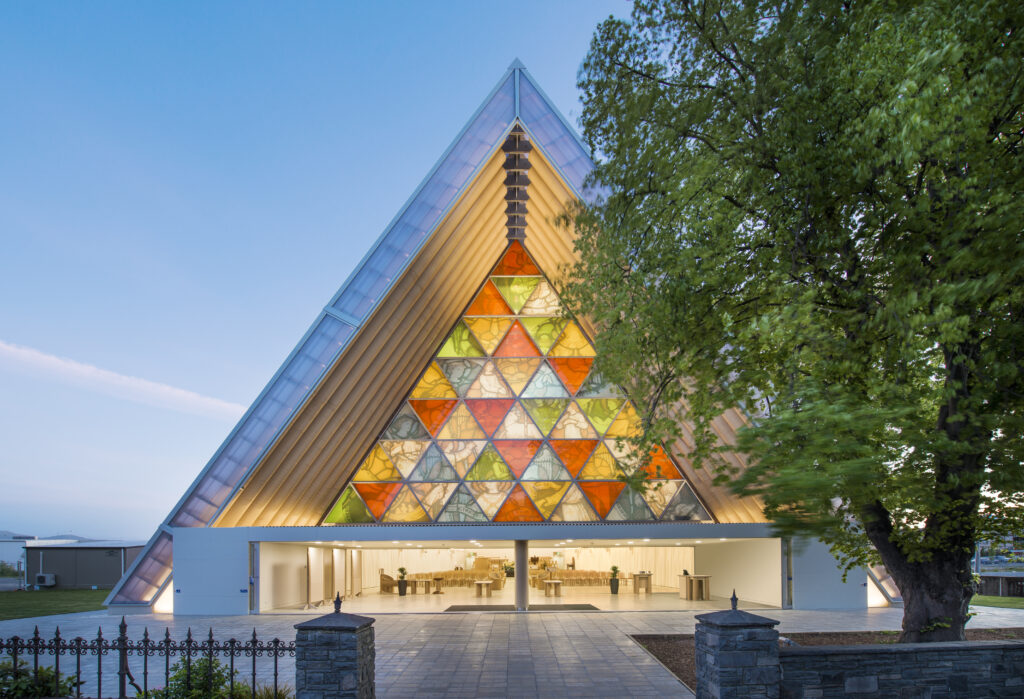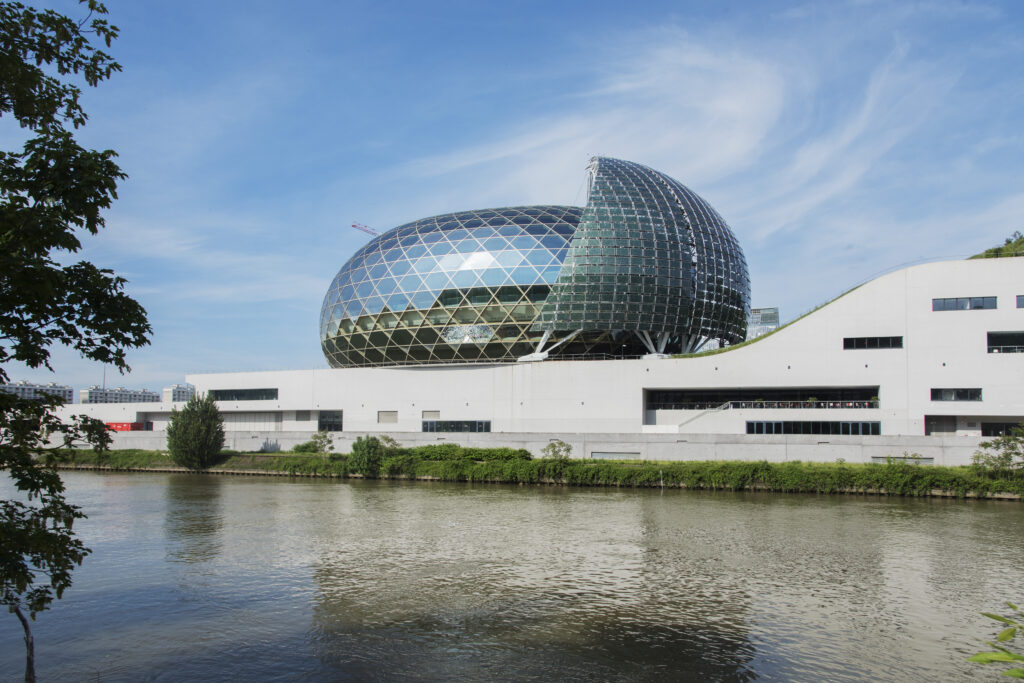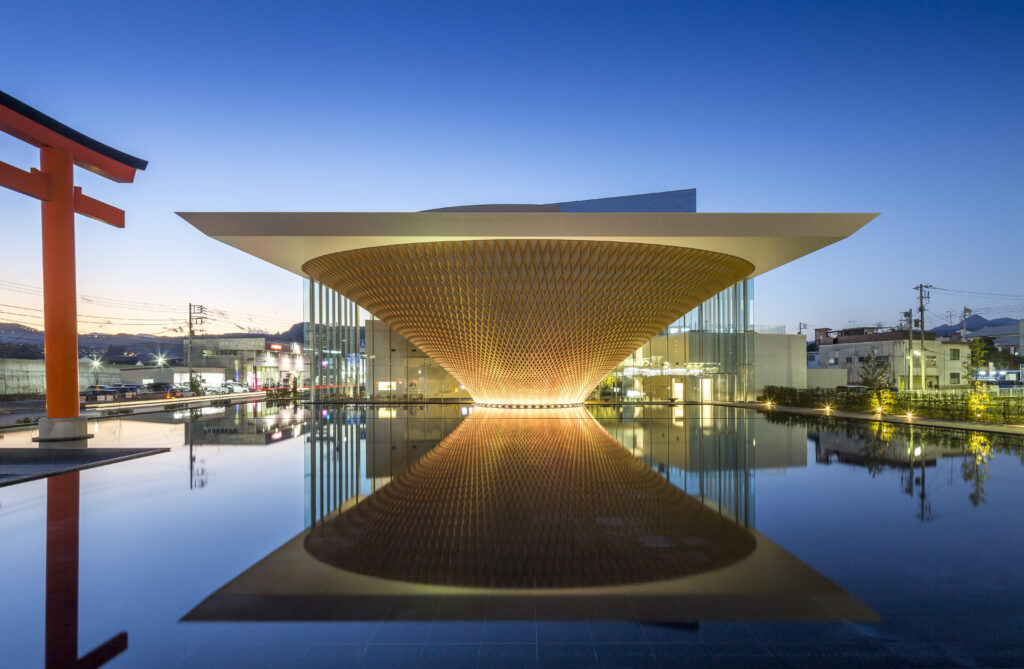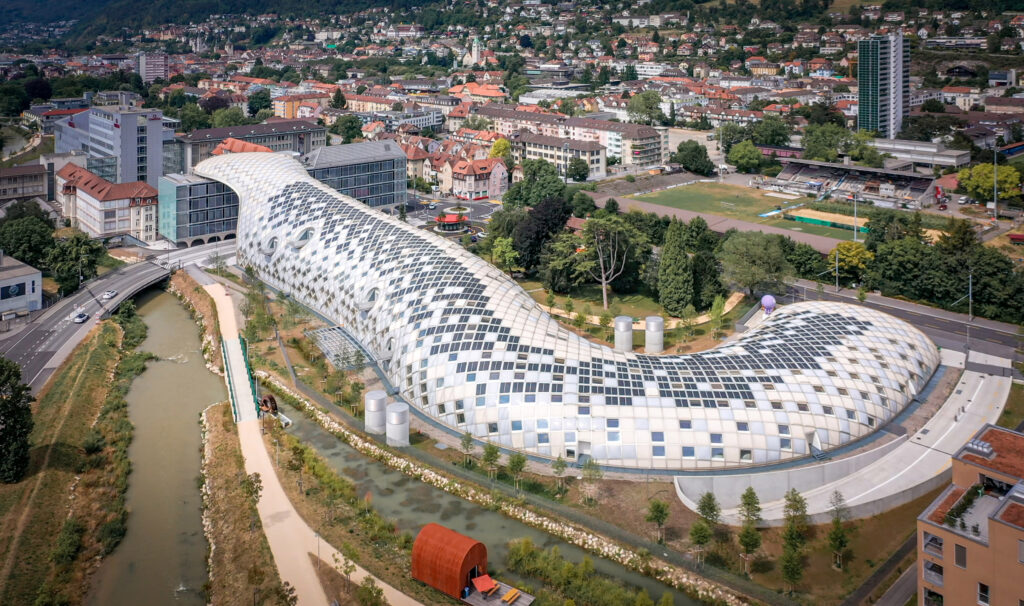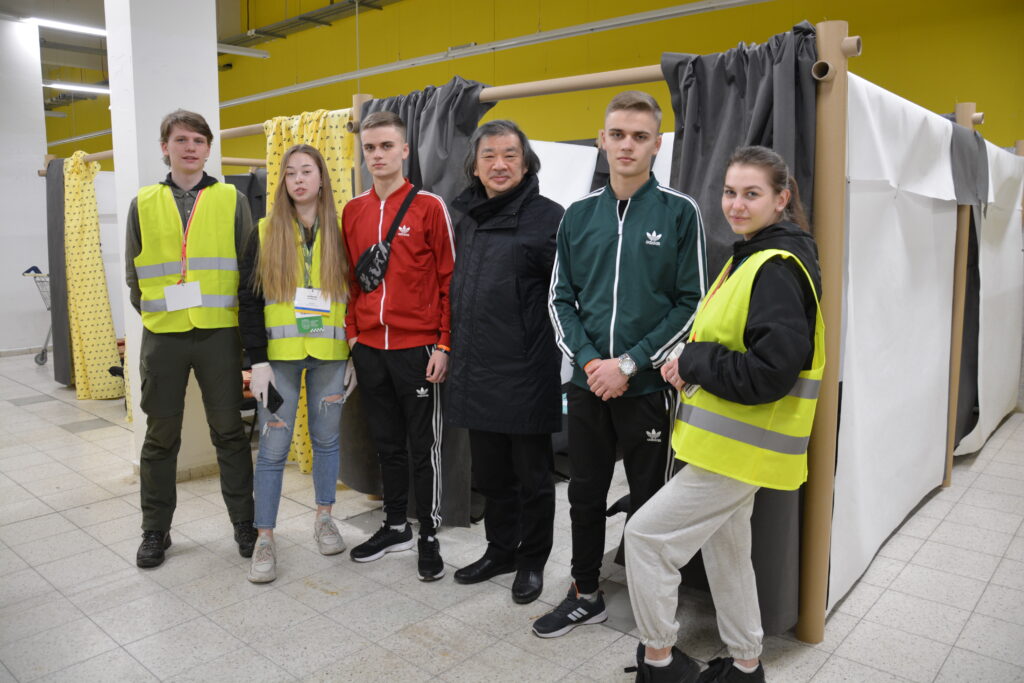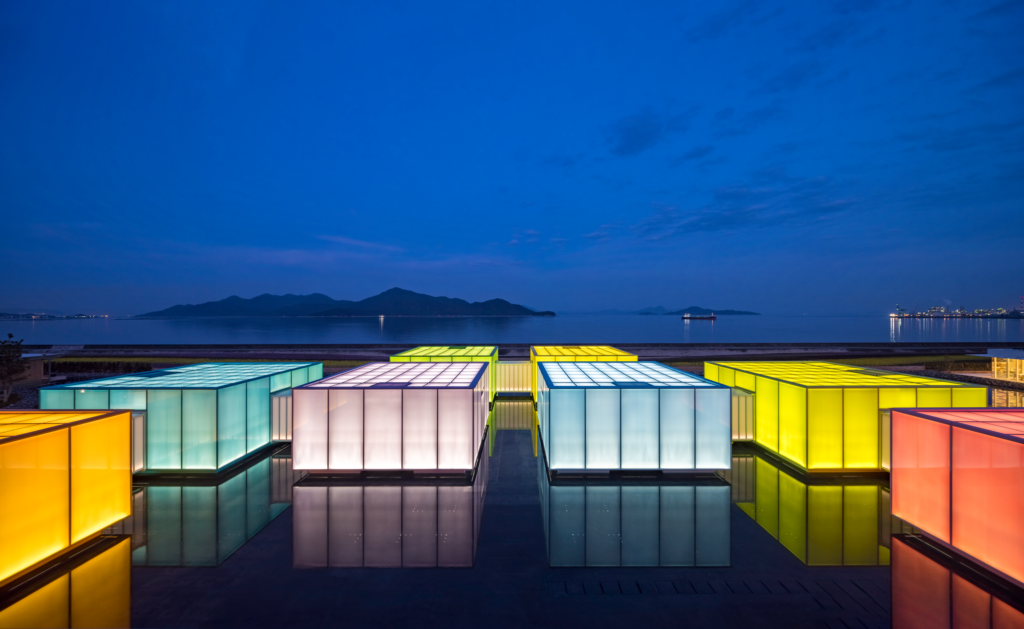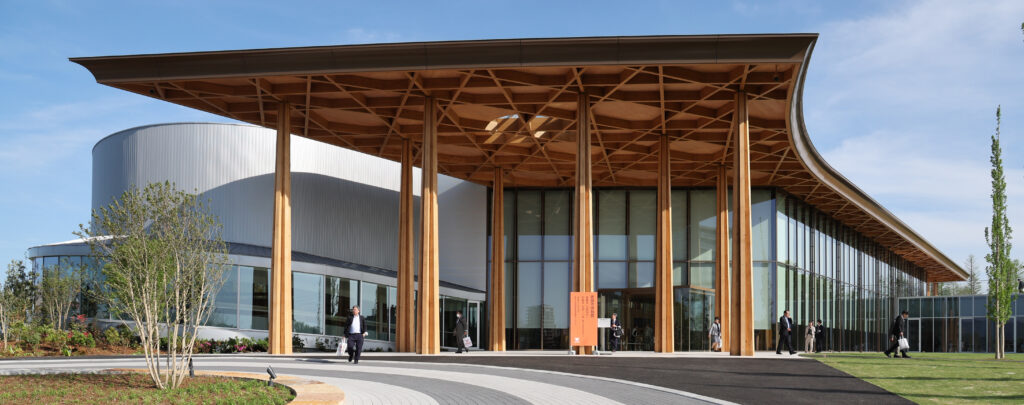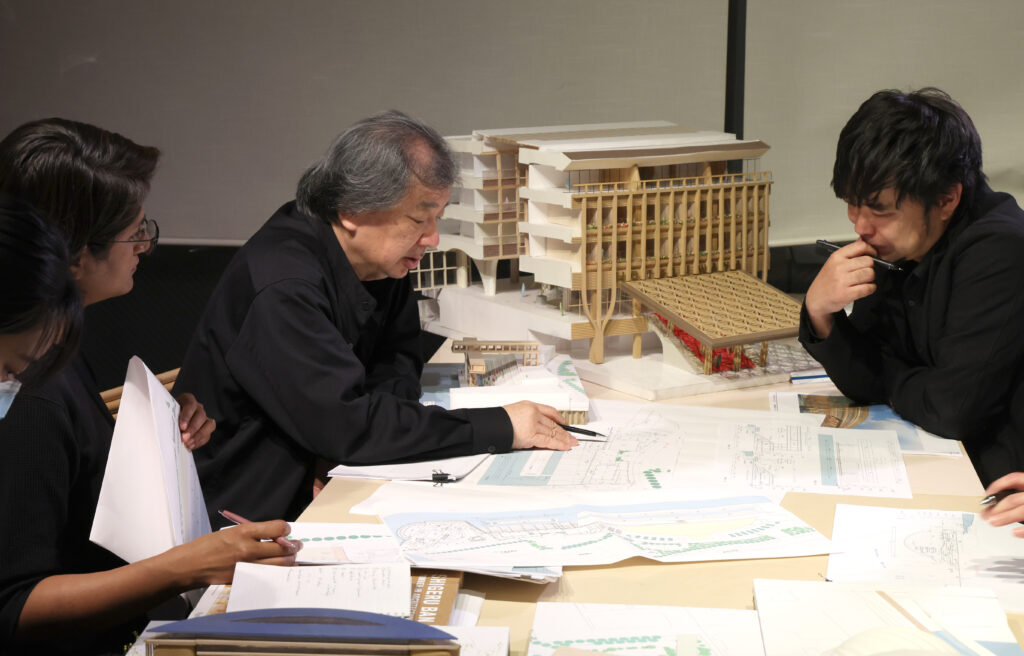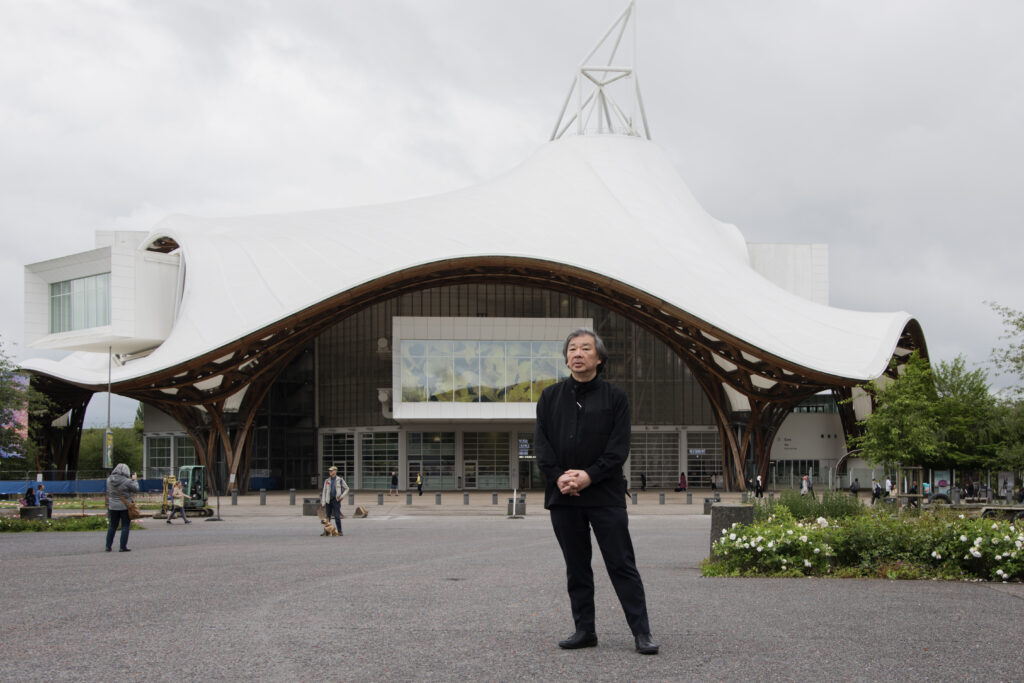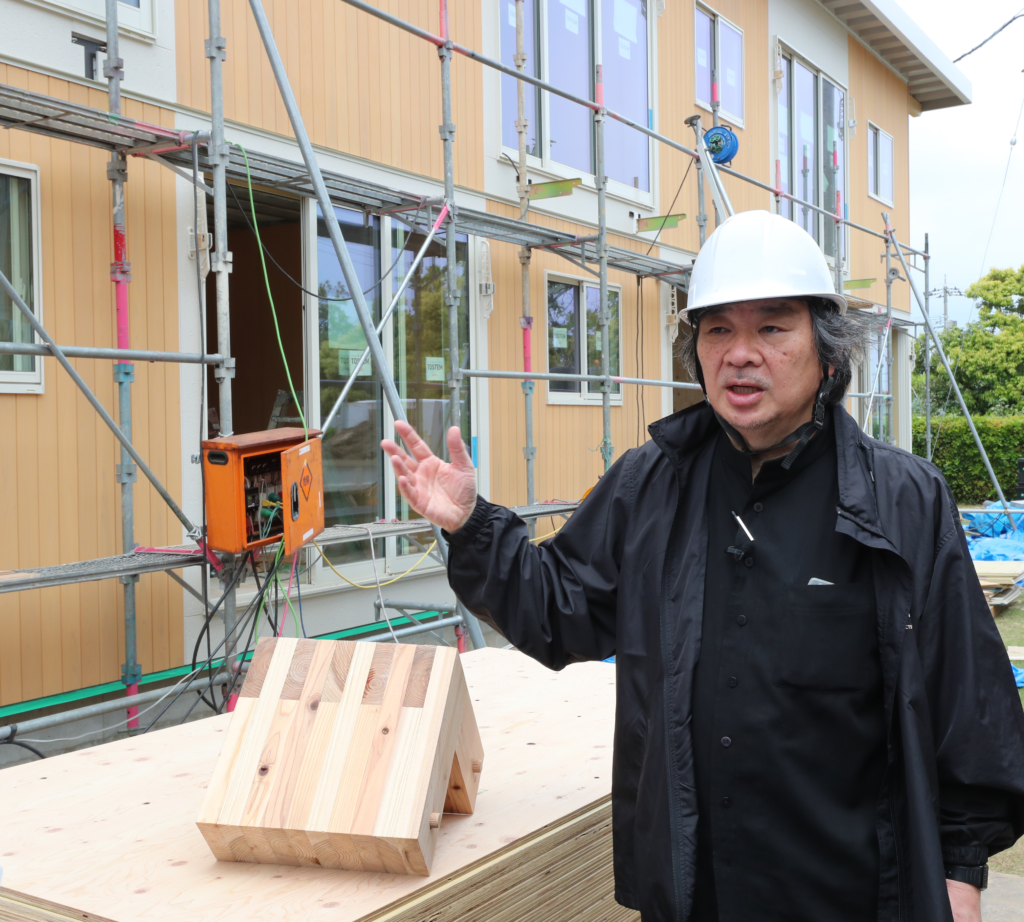The 35th
LaureateArchitecture
Shigeru Ban
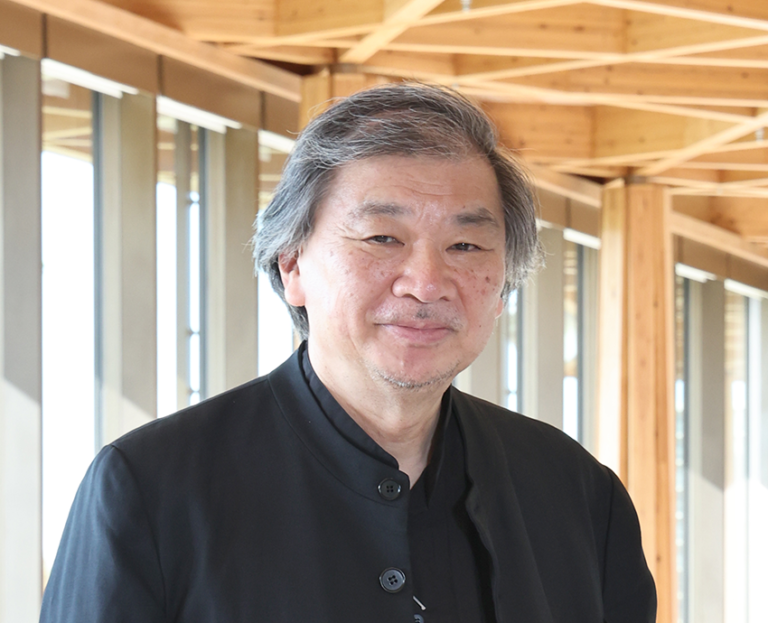
Shigeru Ban played rugby from elementary school through high school. After graduating, he moved to the United States to study at the Southern California Institute of Architecture and later transferred to the Cooper Union School of Architecture in New York City. During a leave of absence, he worked for Arata Isozaki & Associates in Tokyo. Upon graduation, he returned to Japan and opened his own practice. In 1995, as an advisor to the United Nations High Commissioner for Refugees, Ban built a shelter out of paper tubes in a Rwandan refugee camp. In the same year, he built temporary housing for victims of the Great Hanshin-Awaji Earthquake. This experience led him to found the Voluntary Architects’ Network (VAN), which provides architectural relief to refugees and disaster victims around the world. Ban has designed numerous innovative buildings, including the Centre Pompidou-Metz (2010) with its undulating laminated wood and membrane roof, La seine musicale (2017) and the Swatch Omega (2019). Winner of the Pritzker Architecture Prize, he continues to fulfill his mission as an architect in times of peace and in times of crisis.
Biography
Shigeru Ban has revolutionized architecture with his innovative use of materials and distinctive designs. He creates monumental, uplifting buildings while maintaining a passionate sense of the role of the architect in an unstable world.
As a child, Ban aspired to be a carpenter. “I didn’t know what an architect did and thought that all buildings were made by carpenters,” he recalls. His early fascination with wood as a material continues to influence his work today.
Ban was inspired to study architecture in America after seeing the work of renowned American architect John Hejduk in a magazine. He began his studies at the Southern California Institute of Architecture before transferring to the Cooper Union School of Architecture in New York.
Upon returning to Japan in 1985, Ban started his own practice. One of his early commissions was designing his mother’s workshop. During this period, he also planned and designed the venue for an exhibition dedicated to the work of his favorite architect, Alvar Aalto from Finland. Initially, Ban wanted to use wood in the exhibition design, reflecting Aalto's frequent use of the material. However, budgetary constraints and a reluctance to use precious wood for a temporary exhibit led him to seek an alternative. He discovered paper tubes made from recycled paper, originally used as cores for rolls of fax and tracing paper in his office. This sparked his interest in developing structures using paper tubes, fulfilling his long-held desire from student days to create something uniquely his structures using materials in an innovative and original way.
Ban’s reputation for using recycled materials grew, leading to his commission to design the Japan Pavilion for the 2000 Hannover Expo, themed “The Environment.” For this project, Ban collaborated with German architect and structural engineer Frei Otto (2006 Laureate), whom he admired for his ability to create maximum space with minimal energy and materials. The collaboration was a huge success, further enhancing Ban’s structural skills.
The use of inexpensive and unassuming materials became central to Ban’s philosophy of socially responsible architecture, especially for providing shelter to people displaced by war or natural disasters. Ban first created structures using paper tubes in 1994 for Rwandan war refugees. These simple but effective constructions have continued to provide much-needed shelter to this day. In response to the devastating Kobe earthquake in 1995, Ban founded the Voluntary Architects’ Network (VAN). Established as a non-profit organization in 2013, VAN is involved in relief efforts in disaster-stricken areas in Japan and around the world.
Ban has also designed numerous distinctive museums and theaters, including the Centre Pompidou-Metz (2010), with its undulating laminated wood and membrane roof, and La seine musicale (2017). He received the 2014 Pritzker Prize, the 2017 Mother Teresa Award for Social Justice, and the 2022 Princess of Asturias Award for Peace for his humanitarian work.
Throughout his career, Ban has used a unique structural system for projects large and small, from civic buildings to emergency shelters. At the heart of his work is his determination that architecture should create something positive for society. “I design houses and public buildings, but disaster relief is my life's work,” he says.
Chronology
Established NGO, Voluntary Architects’ Network (VAN)
Arnold W. Brunner Memorial Prize, American Academy of Arts and Letters
Mt. Fuji World Heritage Centre, Japan
La seine musicale, France
Commandeur de l’Ordre des Arts et des Lettres, France
The Medal with Purple Ribbon, Japan
Mother Teresa Memorial Awards for Social Justice, Harmony Foundation, India
Tainan Art Museum, Taiwan
Temporary housing of Support for Noto Peninsula Earthquake Disaster
-
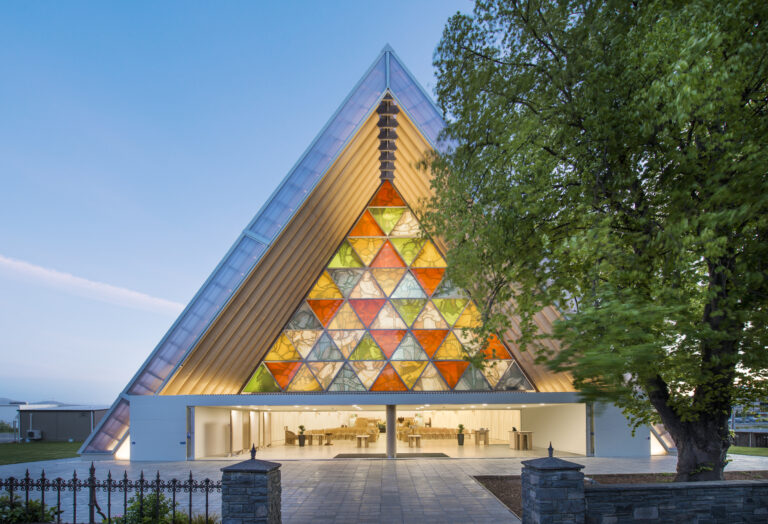
Cardboard Cathedral, 2013
-
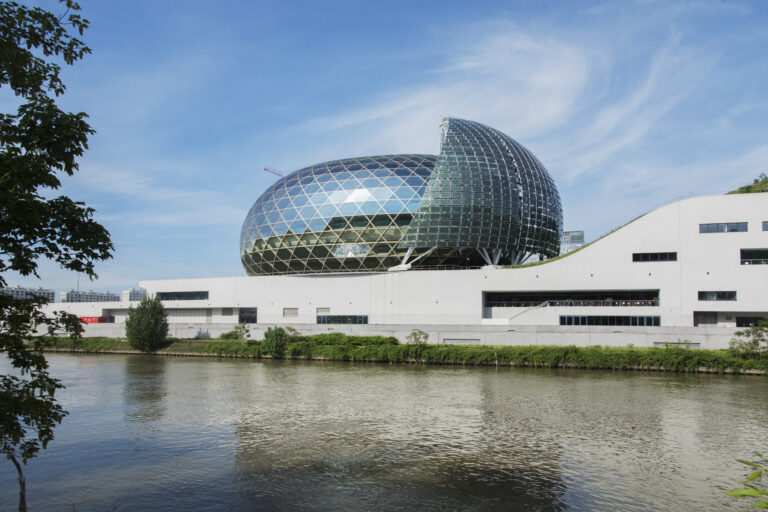
La seine musicale, 2017
-
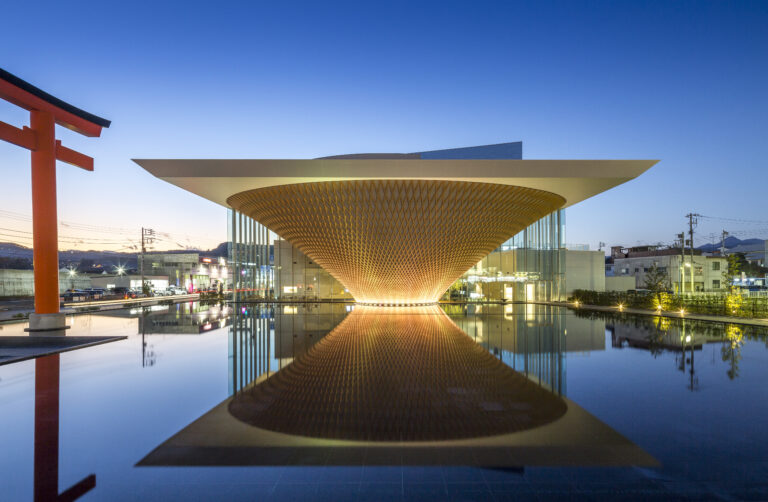
Mt.Fuji World Heritage Centre, 2017
Shizuoka Prefecture, Japan
-
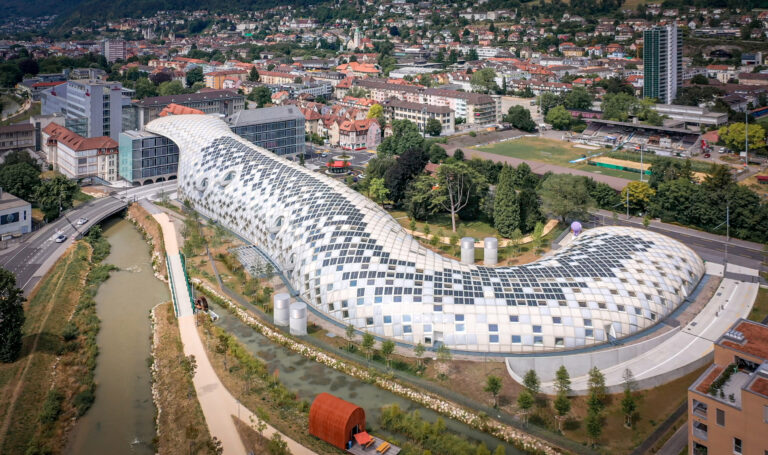
SWATCH OMEGA, 2019
-
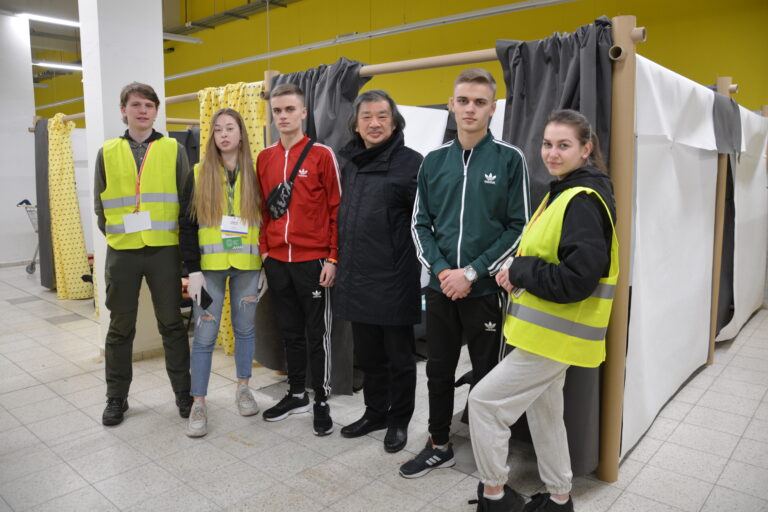
Ukraine Refugee Assistance / Paper Partition System, 2022
Ukraine
-
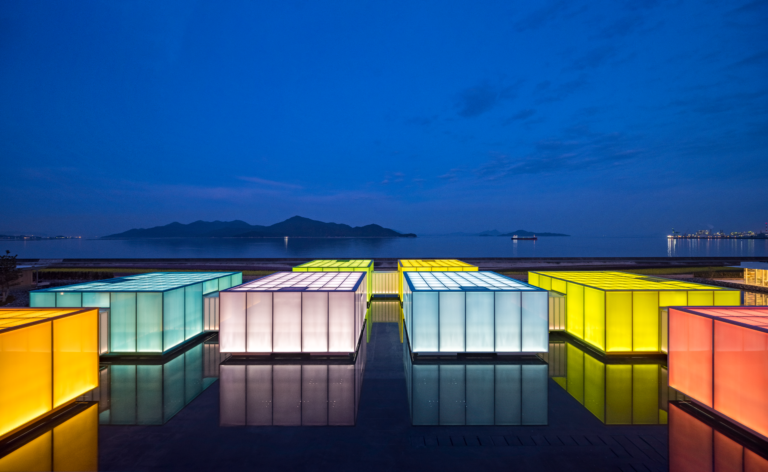
Simose Art Museum, 2023
-
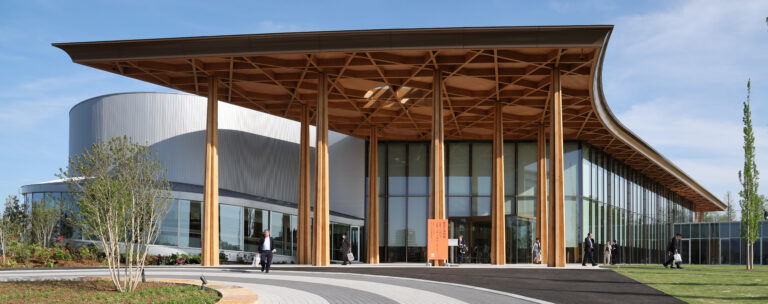
Toyota City Museum, 2024
-
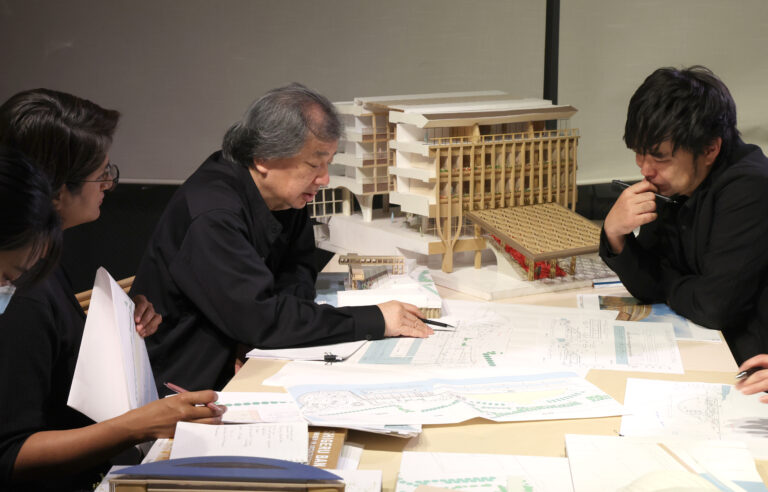
At his office in Tokyo, April 2024
-
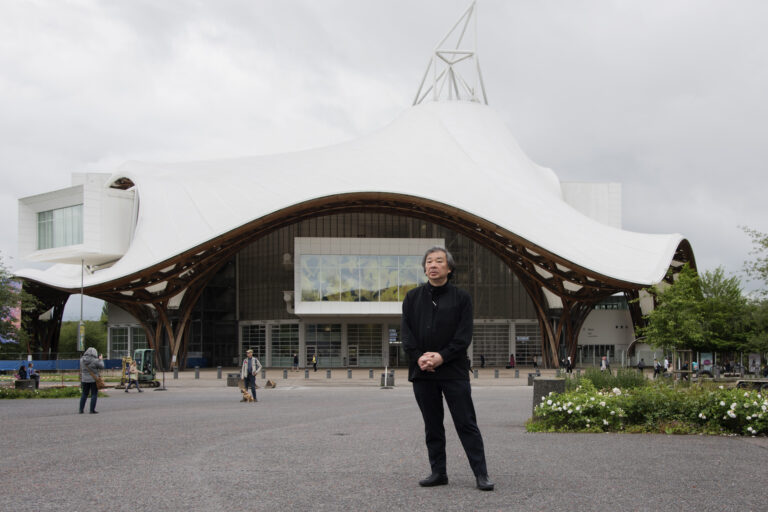
In front of Centre Pompidou-Metz (2010), May 2024
-
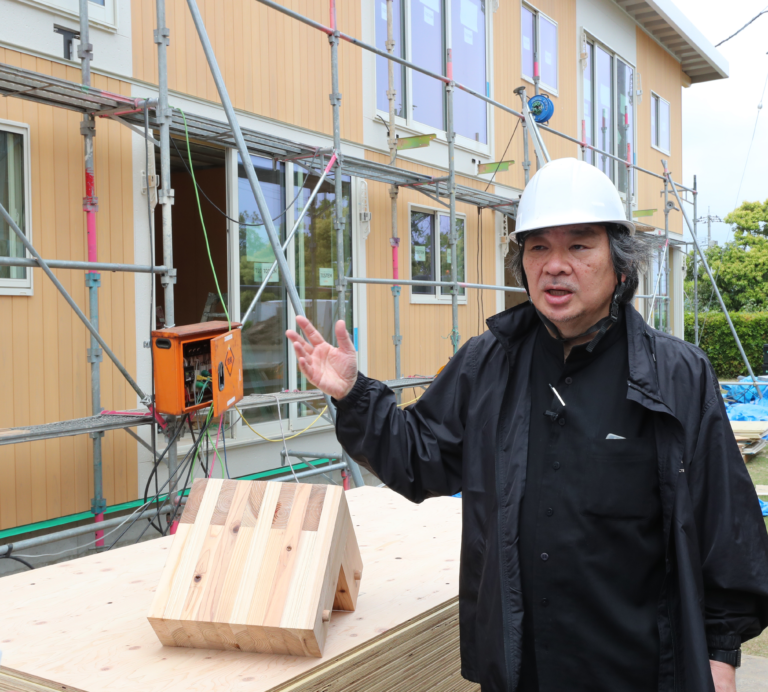
Temporary housing construction site for the Noto Peninsula earthquake, May 2024
Suzu City, Ishikawa Prefecture, Japan.


